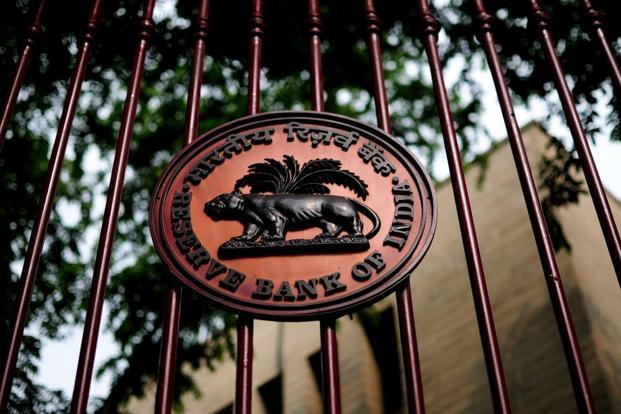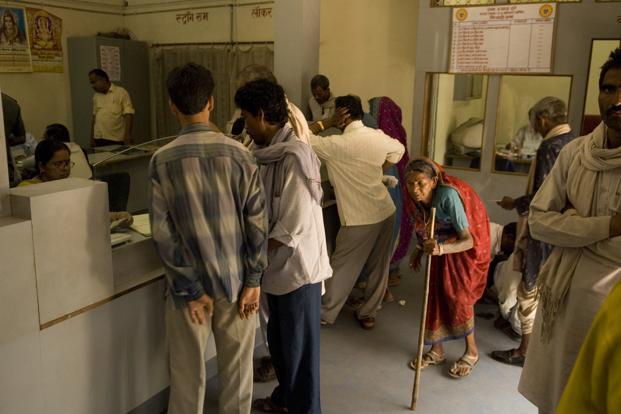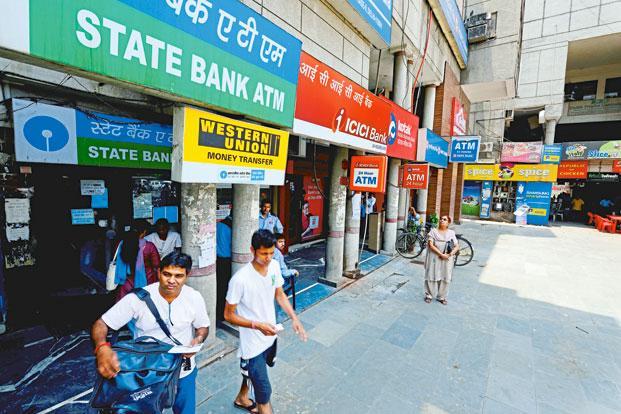In September 2010, two years after the collapse of US investment bank Lehman Brothers Holdings Inc. that triggered an unprecedented credit crunch globally, the International Monetary Fund (IMF) decided to cover 25 important economies, including India, under the Financial Stability Assessment Programme (FSAP), to be conducted by the Fund and the World Bank. The report, released by the IMF last week, raised a red flag against the Indian central bank allowing industrial houses into the business of banking.
Barely a fortnight before the report’s release, Nobel Prize-winning economist Joseph Stiglitz made public his stance against corporate houses entering banking. According to Stiglitz, corporations should not be permitted to enter the banking space because it is likely to create conflict of interests. “…when you have corporates opening their own banks, you are opening a venue for conflict of interests,” Stiglitz said.
Chairman of the Prime Minister’s Economic Advisory Council and former Reserve Bank of India (RBI) governor C. Rangarajan, during whose regime at the central bank India opened up the banking sector for private entities, also wants non-corporate bodies to get preference over corporations when RBI decides to issue the next set of banking licences.
In this backdrop, should the government and the Indian central bank change the plan and keep the doors shut for corporations? Let’s take a close look at the IMF’s concerns. It thinks the risks of allowing industrial houses into banking far outweigh the benefits, noting that an appropriate supervisory mechanism is not in place as yet. “…the legal, operational, and regulatory framework for consolidated supervision of both bank-led groups and financial conglomerates is still missing some important elements, and it would be prudent to first put in place and gain sufficient experience from implementing a comprehensive framework for this purpose before even considering whether to proceed with the entry of mixed groups and conglomerates.”
Apart from the absence of a framework for consolidated supervision, IMF is also concerned about RBI’s lack of independence and the influence that the government wields on the central bank. “Some legal provisions in the Banking Regulation Act allow the central government to give directions to RBI, require RBI to perform an inspection, overrule RBI’s decisions, and supersede the RBI central board,” the IMF report pointed out.
According to IMF, unless these provisions are dropped and the government is compelled to explain the reasons for removal of the head of the central bank, RBI’s independence cannot be ensured.
Indeed, on many issues the Indian government and the central bank have serious differences and all such instances are not in the public domain. In a lighter vein, once a former RBI governor told me the tension between the central bank and the finance ministry is much more than what one would traditionally associate with the 1962 India-China war. Despite this, IMF’s concerns over RBI’s independence as well as industrial houses’ entry into banking in India seem to be a bit exaggerated. Technically, the government can overrule RBI’s decisions and supersede its board, but this has never happened in the central bank’s 78-year history. Had the government exercised this power, RBI’s policy rates would have been much lower by this time. In fact, unlike the board of the capital market regulator, on the central bank’s board, India’s finance secretary is a director but does not have any voting rights. RBI governor’s occasional fights with the government are in the public domain, but this does not necessarily mean that the government has the last word on all policy issues.
Globally, banks run by corporations throw up mixed results. In India, experience with corporate ownership of banks has not been a happy affair. This is why the government nationalized all banks owned by corporate houses in two phases—first in 1969 and later in 1980—but unless the Indian central bank lacks confidence and faith in its regulatory capability, it should not develop cold feet in allowing industrial houses to enter banking. About 40% of the nation’s adult population does not have access to banking services. The new banks need to invest heavily in technology to reach out to the masses and only corporate houses with deep pockets can do that.
Until recently, RBI had the power to remove a director or any officers of a banking company but as this was not adequate, the laws have been changed and the central bank has now been empowered to supersede the board of a rogue bank and appoint an administrator for managing it for up to one year. RBI can also seek information from and inspect, if required, associated companies of the promoter of a bank. Its draft guidelines have also underlined RBI’s reservations about corporate entities dabbling in real estate and broking businesses. All these should work as safety valves even though one presumes that corporate entities are smarter than others when it comes to playing around with regulations. RBI can also take heart from the fact that unlike many developed markets, India does not have a history of major bank failures. Baring Palai Central Bank in Kerala in 1961 and Madhavpura Mercantile Cooperative Bank in Ahmedabad in 2000, no other bank with significant deposits has gone belly-up.
Do all these mean RBI should not give any importance to the IMF report? Definitely not. One way of ensuring good governance could be giving precedence to companies with a wide shareholder base over family-run firms in setting up banks. RBI has been a conservative regulator. Even in the first set of new banks given licence in 1994, one corporate entity entered the sector in the guise of a group of non-resident Indian investors belonging to a particular community, but a vigilant central bank did not allow the promoter to misuse it. It should take heart from this.



